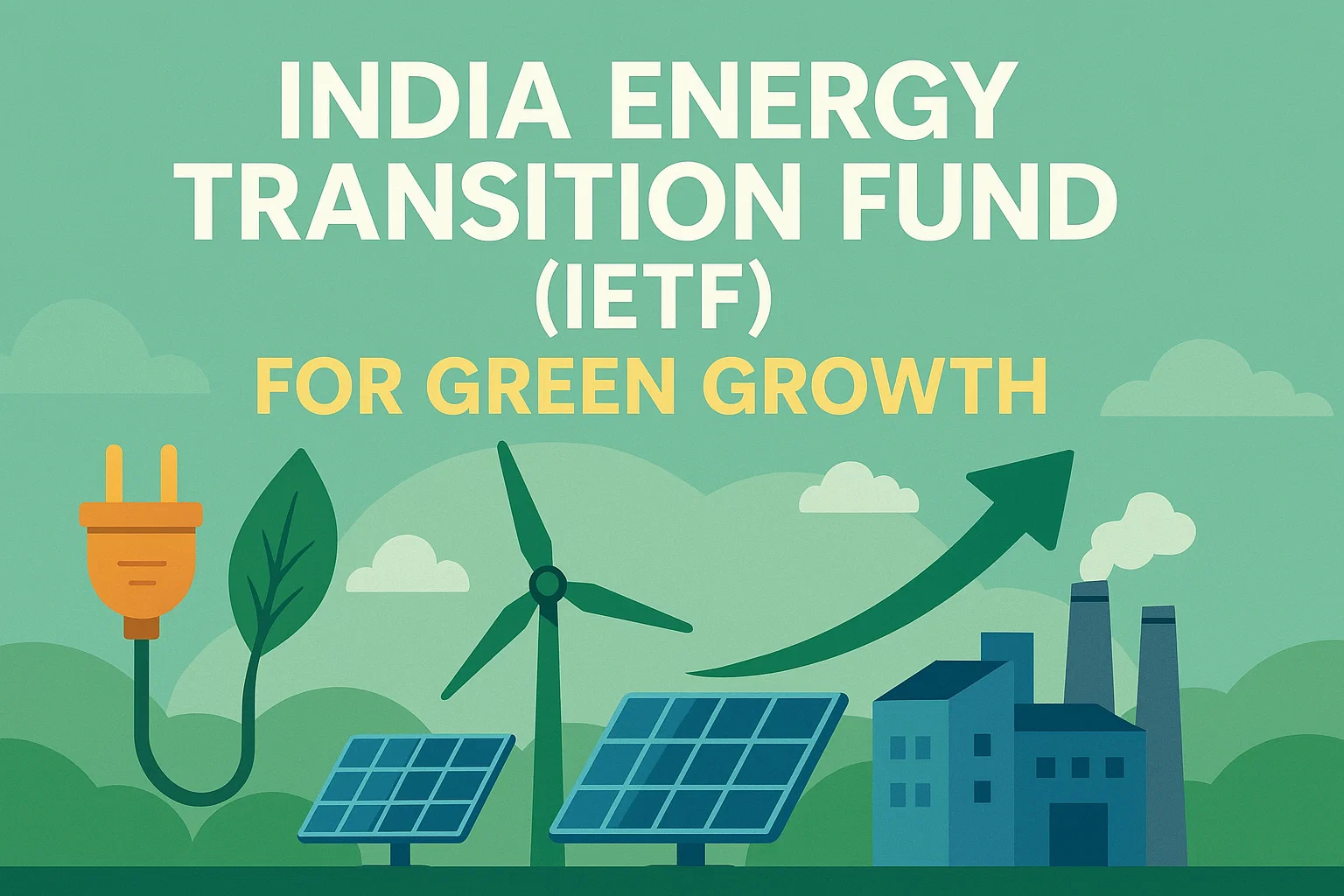Font size:
Print
Scrapping Central Renewable Energy Pricing System
Context: India has abolished its central pricing mechanism for renewable energy projects after developers raised concerns that the system was delaying power purchase agreements. The move aims to fast-track power sale agreements (PSAs) and reduce stranded renewable capacity, which has more than doubled in the past nine months due to regulatory and infrastructural delays.
What is the Uniform Renewable Energy Tariff (URET) Scheme?
- The URET mechanism, introduced on February 15, 2024, under the Electricity (Amendment Rules, 2022, was designed to standardise tariffs for solar and hybrid renewable projects for three years.
- Key features included:
-
- A centralised pricing pool to ensure stable tariffs for buyers.
- Protection for state discoms and other buyers from price volatility in renewable energy auctions.
- A fixed tariff structure to encourage long-term power purchase agreements (PPAs).
-
- However, the scheme faced resistance as buyers hesitated to commit to fixed tariffs amid falling renewable energy costs, leading to delays in PSA signings.
What Are the Significant Concerns Associated with URET?
- Buyer Reluctance: Discoms and other buyers were unwilling to lock in fixed tariffs for three years, fearing they might miss out on cheaper prices in future auctions.
- Stranded Projects: Over 9.4 GW of renewable capacity remains stranded due to incomplete PSAs, partly due to URET-related uncertainties.
- Regulatory Delays: The mechanism added another layer of bureaucracy, slowing down project approvals.
- Transmission Bottlenecks: Even without URET, many projects face delays due to inadequate grid infrastructure.
What Practical Measures Can Be Taken to Address These Concerns?
- Flexible Tariff Structures (Like in Germany & Australia): Introduce sliding-scale tariffs where prices adjust based on market conditions.
- Strengthening Grid Infrastructure (Like in China & the US): Fast-track Green Energy Corridors to ensure transmission readiness before project commissioning.
- Hybrid Auctions (Following Brazil’s Model): Combine solar, wind, and storage in a single tender to ensure round-the-clock renewable supply, reducing buyer hesitation.
- Risk-Sharing Mechanisms (As in South Africa): Provide government-backed guarantees to mitigate payment delays from discoms.


